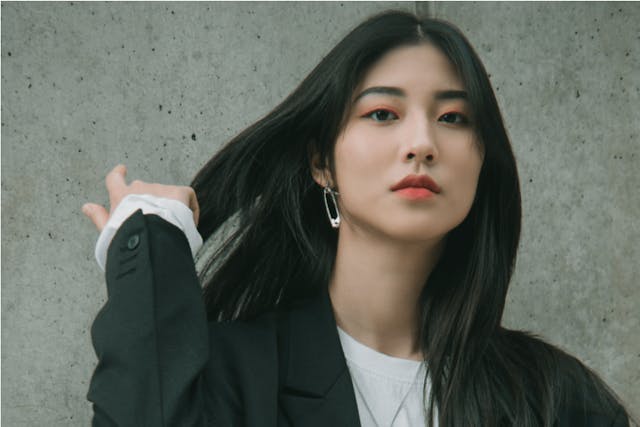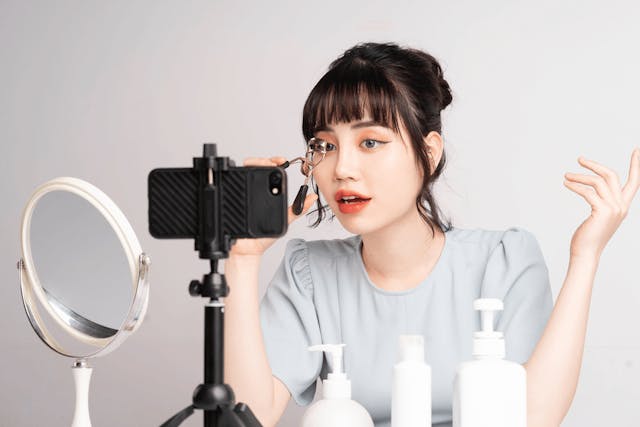Beauty standards can differ one culture to the next. In the U.S. skin tans are considered a sign of beauty and health while in South Korea and Japan people tend to avoid the sun at all costs. Many women in the U.S. desire blonde hair while women in Japan prefer jet-black hair. As time moves on, beauty trends tend to fluctuate and change but in Japan, many traditional beauty trends continue to have a strong influence on modern beauty standards today. Japanese beauty focuses on creating a flawless appearance with an emphasis on lighter, brighter skin. Japanese women have long used ingredients like matcha and rice water for their natural effects on creating a more flawless appearance. In this article we’ll explore the history of traditional Japanese beauty and how it affects modern beauty trends today.
History of Japanese Beauty
The old Japanese proverb, “white skin covers the seven flaws.” describes the passion Japanese women have for fair skin throughout the centuries. The obsession with perfect white skin dates back to the Nara period (710-794) when Japanese culture was heavily influenced by Chinese and Korean culture. From passages in the chronicles, Kojiki and Nihon Shoki detailed the customs of Japanese women painting their face with white powder and red pigments in ancient times. The white powder foundation is called oshiroi— was at that time a lead-based powder that was originally imported from China.
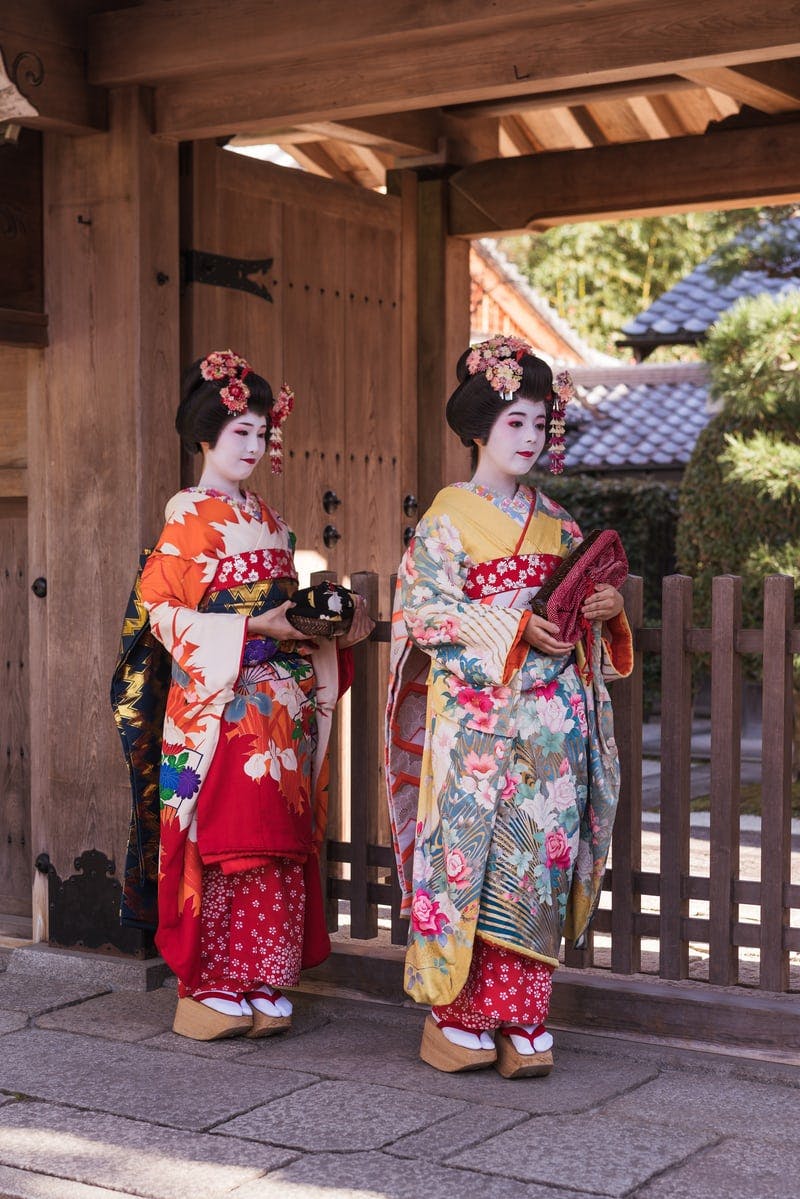
During the Heian period (794- 1185), Japanese beauty aesthetics shifted away from an imitation of Chinese beauty to adopt trends more attuned to Japanese society. Japanese women began to grow out their hair very long and straight; aristocratic women often achieved hair lengths that reached the floor. They continued to apply white powder to their faces, but plucked their eyebrows and repainted them higher on their foreheads, and blackened their teeth. Teeth blackening known as ohaguro in Japanese is usually done during puberty to celebrate maturity, beauty for women. During this time purely black items were considered pure and beautiful, and people wanted to imitate that as much as possible. So ohaguro remained a popular beauty practice until the 19th century.
From the early Edo period (1600-1868), cosmetics centered around a palette of three basic colors: red (lips, fingernails), white ( face), and black (teeth, eyebrows). There were elaborate treatises on etiquette for women that gave detailed instructions on the proper application of these cosmetics. Ohaguro became an established beauty practice during the Edo period as a symbol of a woman’s married status. Women would blacken their teeth immediately before their wedding. During the 1800s women began to focus more on the health of their skin rather than just the appearance. A beauty manual published in 1813 called Miyakofuzoku Kewaiden described desirable skin as being moist and naturally colored. It also included skin whitening techniques such as facial cleansing, using facial packs (created with lead), and herbal recipes to treat acne.
Transitions to Modern Japanese Beauty
In the late 19th century, the women’s suffrage movement began to take hold across Japan. As women began to advocate for better educational opportunities, protection against oppressive patriarchal practices, more opportunities in the workforce the concerns for beauty began to change. Shiseido, one of the biggest cosmetic companies in the world was established in 1904 and began selling cosmetics in a wider range of hues than the traditional colors. The advancement of women during the Taisho period (1912-1926) led to a shift in beauty standards from white flawless skin to a more natural appearance. As more women entered the workforce they wanted cosmetics that allowed for quick application and emphasized their natural beauty. Western trends also had a strong influence on Japanese beauty in the early 20th century. Especially after World War II western influences lead to the rise in cosmetic trends like double eyelid surgery across East Asia.
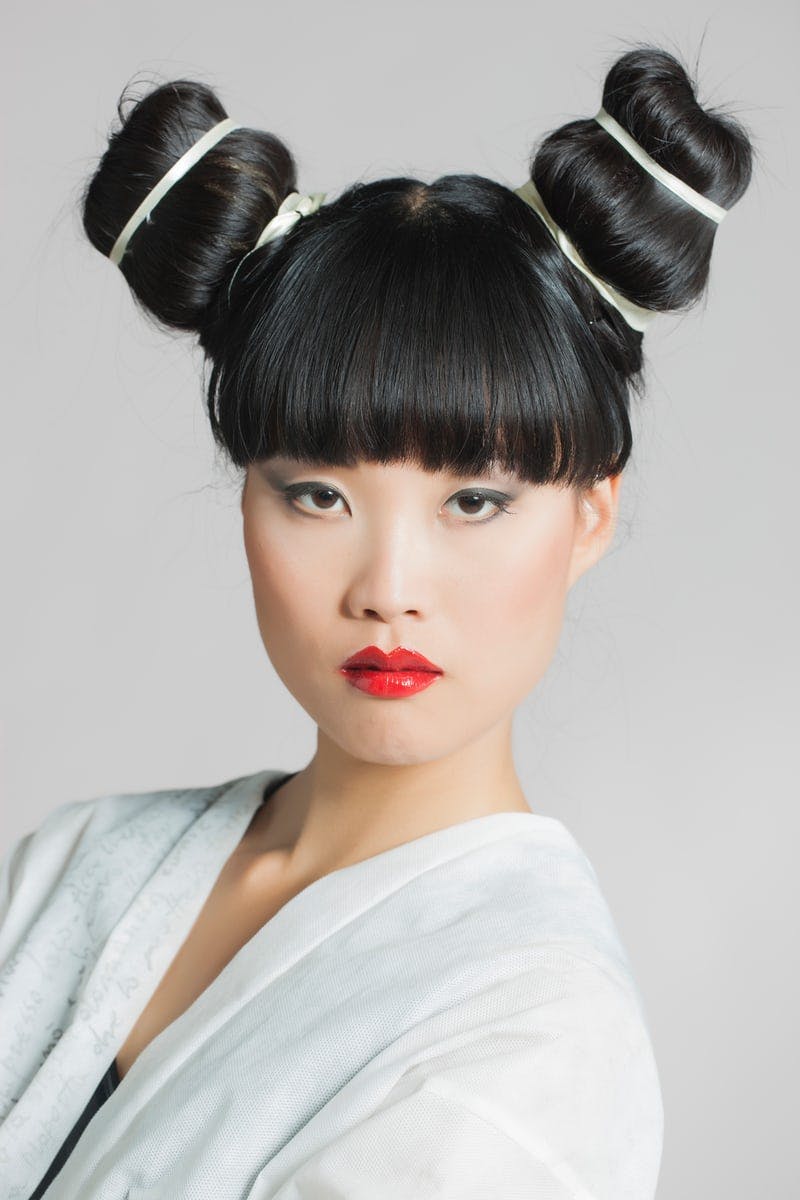
From the 1980s beauty started to move away from emulating the west as more Japanese women began to express their own Japanese identity internationally. Models like Yamaguchi Sayoko who made it on to the international scene with their straight jet-black hair and almond eyes served as inspiration for young Japanese women to embrace their own natural beauty.
Modern Japanese Beauty Trends
Japan is now a present-day leader in the worldwide market for beauty and cosmetics. Japanese women may no longer wear heavy white face powder or blacken their teeth, having flawless, light, bright and natural skin is crucial beauty standards today. Japanese cosmetics sold today heavily emphasize reducing unsightly marks and preventing future skin from a more natural look.
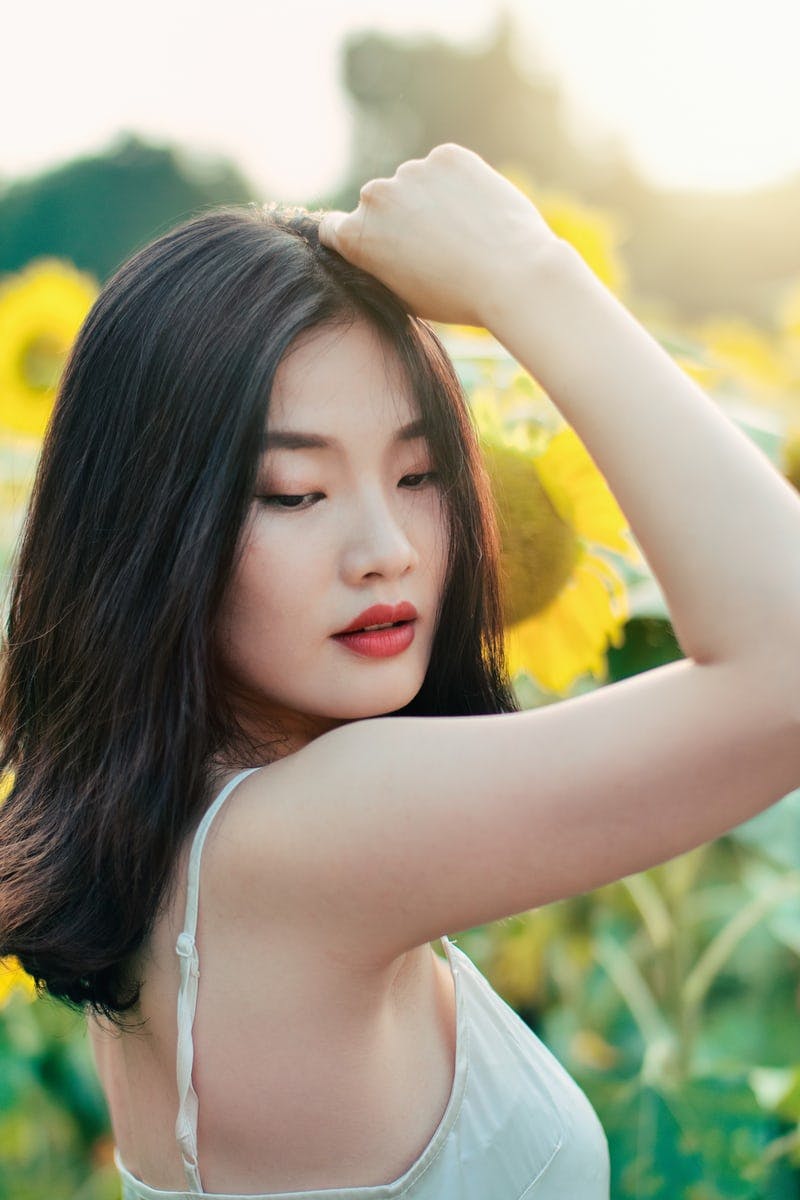
Today Japanese women have mastered the techniques of “barely there” makeup that those before them tried to achieve. While in the U.S. women tend to go for heavy contour and bright makeup colors, in Japan blush and bronzers dominate the market. Eyeshadows are natural colors with a little bit of a shimmer to brighten the eyes. The Japanese belief that well-cared-for skin is a key to beauty, a belief that remains unchanged from the Heian period will remain as the foundation of beauty no matter the contemporary trends. Despite the changing trends Japanese women still value smooth skin and a natural look. How do you feel about Japanese beauty trends? Are there any items or trends you’re interested in trying? Leave a comment below and check out our latest makeup boxes for the newest beauty products to try.
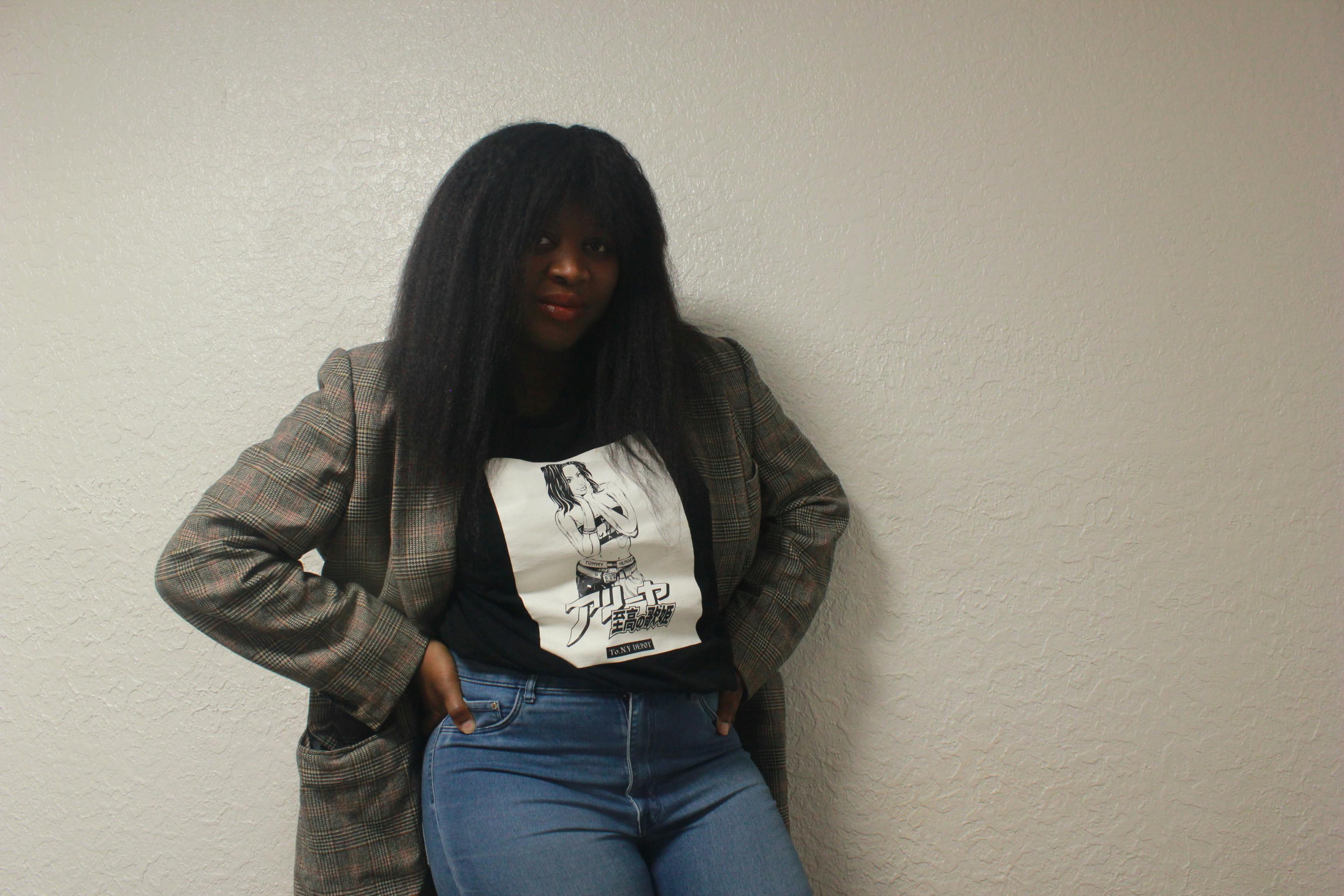 Jamila
Jamila
